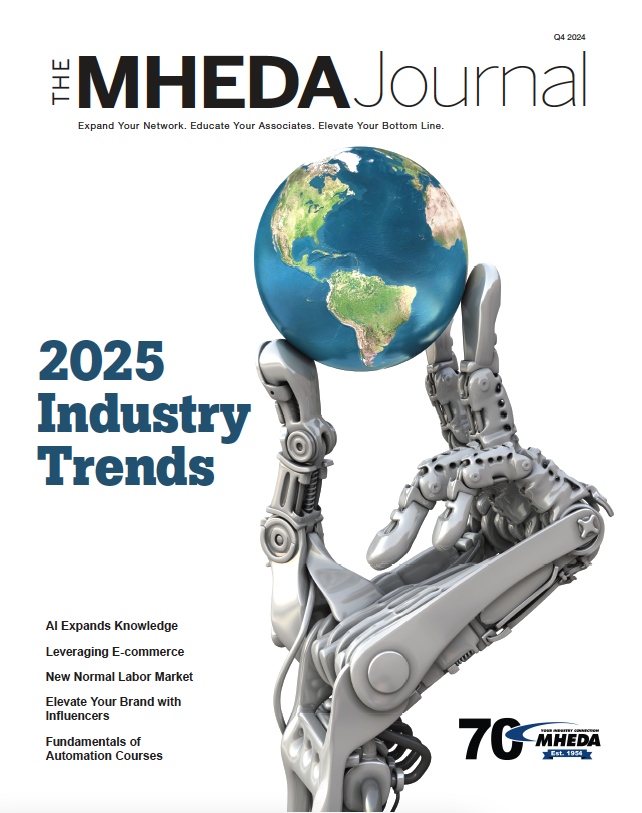Onboarding: Are You Doing It Right?
September 13, 2023
By Andy McNulty
When a new employee goes home after their first day and is asked about it, how would they respond?
It goes one of two ways:
1. “It was OK, I guess. They didn’t have what I needed to do my job, like a laptop. They didn’t clean out items from the previous employee, and there were files I didn’t understand. I locked myself out of the office after eating lunch alone. My boss was busy with meetings and had me complete HR onboarding compliance videos.”
2. “It was amazing! I was greeted by a welcome message on a lobby monitor in addition to my boss and the regional VP. They took me around to meet the team and learn about the building. They helped me complete HR onboarding videos and employee benefit signups. I met with employees from different departments to understand their responsibilities and the company’s culture. My department catered lunch to get to know one another. This was the best experience I’ve ever had starting a new job, and I can’t wait for tomorrow.”
If you think recent hires are more likely to have responded like No. 2, congrats. You’re doing it right. If you think recent hires responded like No. 1, congrats. You’re part of a huge majority doing it wrong.
The first quote is indicative of a culture leading to high turnover. Turnover has become so painfully familiar that we’ve become numb to it. It’s like that has become an acceptable element of doing business today.
There are things outside a business’s control, but not being prepared for new employees doesn’t have to be one. It’s incredibly controllable, predictable and manageable.
Digitalizing documentation and employee participation has made onboarding more efficient than in the past. No question. The digital side of compliance and administration is tight. It can be done before anybody even steps foot on the property. How great is that? Again, no arguments against any of those efficiencies. It’s way better than it ever was.
So, what’s the problem?
Digitization eliminates human interaction. You can’t break bread on a Zoom call or shake hands on Teams. And you can’t make somebody feel truly welcomed, safe and valuable with DocuSign.
In 1943, Abraham Maslow introduced his theory on the hierarchical needs of humans. At the base is “physiological needs.” The basic survival elements are food, water, air and shelter. Most of us provide those things for ourselves. You’re not on the hook for that with your employees. If you are, then onboarding is not the first thing to be addressed.
The next level is characterized as “security and safety needs.” These include financial security, health, wellness, and safety and injury prevention. Businesses are on the hook for at least the workplace versions. No matter how well things at home are, if the work environment doesn’t check those basic boxes, there is a problem.
The digital world has brought so many wonderful things to us and will continue to do so. But until our physiological selves evolve away from those primordial things that our bodies and minds require for safety and affiliation, we can ensure those basic elements are prominently represented during those ever-so-important first few days of their new lives in our workplaces.
For more onboarding resources, check out Andy’s program free to MHEDA members at mheda.org/onboard.








